How To Attach Digital Camera To Tripod ?
To attach a digital camera to a tripod, first, locate the tripod mount on the bottom of the camera. It is usually a threaded hole. Then, align the mount on the tripod head with the camera's mount. Insert the threaded screw on the tripod head into the camera's mount and tighten it securely. Ensure that the camera is stable and properly balanced on the tripod before using it.
1、 Screw Mounts: Understanding different screw mount options for camera tripods.
To attach a digital camera to a tripod, you will need to follow a few simple steps. The most common method is to use the screw mount option, which involves attaching the camera to the tripod using a screw mechanism.
First, ensure that your tripod has a screw mount on the top plate. This is usually a threaded hole that matches the screw on the bottom of your camera. The most common screw size is 1/4-20, but some larger cameras may require a 3/8-16 screw.
Next, locate the screw hole on the bottom of your camera. It is typically located near the center or towards the front of the camera's base. Make sure the camera is turned off and gently align the screw hole with the tripod's screw mount.
Once aligned, carefully screw the camera onto the tripod by turning it clockwise. Be cautious not to overtighten, as this could damage the camera or tripod. Ensure that the camera is securely attached and does not wobble.
If your camera has a quick-release plate, you can attach it to the tripod first and then slide the camera onto the plate. This allows for easier and faster attachment and detachment of the camera from the tripod.
It's important to note that some cameras may have different mounting options, such as a hot shoe mount or a dedicated tripod socket. In such cases, you may need additional accessories or adapters to attach the camera to the tripod.
In conclusion, attaching a digital camera to a tripod using the screw mount option is a straightforward process. Just ensure that you have the correct screw size, align the camera and tripod, and securely tighten the screw.
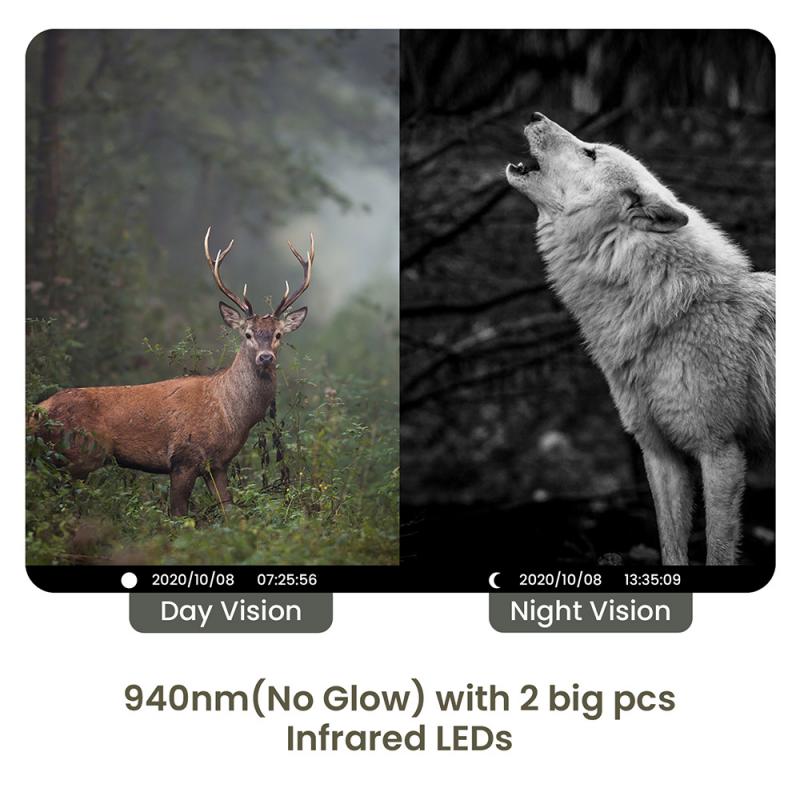
2、 Quick Release Plates: Using quick release plates to attach cameras to tripods.
Quick Release Plates: Using quick release plates to attach cameras to tripods.
Attaching a digital camera to a tripod is a crucial step in achieving stable and shake-free photographs. One of the most popular methods for securely mounting a camera to a tripod is by using quick release plates. These plates provide a convenient and efficient way to attach and detach your camera from the tripod quickly.
To attach a digital camera to a tripod using a quick release plate, follow these steps:
1. Locate the mounting screw on the quick release plate. This screw is usually located at the center of the plate and is compatible with the tripod's mounting platform.
2. Align the mounting hole on the bottom of your camera with the screw on the quick release plate. Ensure that the plate is securely attached to the camera.
3. Once aligned, gently tighten the mounting screw using a coin or a screwdriver. Be careful not to overtighten, as this may damage the camera or the plate.
4. With the camera securely attached to the quick release plate, locate the quick release mechanism on the tripod. This mechanism is usually a lever or a button that allows you to quickly attach or detach the camera.
5. Open the quick release mechanism and slide the plate into the tripod's mounting platform. Ensure that the plate is fully inserted and securely locked in place.
6. Close the quick release mechanism, ensuring that it is tightly secured. Give the camera a gentle shake to ensure it is firmly attached to the tripod.
Using quick release plates offers several advantages. They save time by allowing photographers to quickly switch between handheld and tripod shooting. Additionally, they provide a secure and stable connection, minimizing the risk of accidental camera drops or movement during long exposures.
In recent years, quick release plate systems have evolved to accommodate different camera models and tripod brands. Some manufacturers have introduced universal quick release plates that are compatible with a wide range of cameras, making it easier for photographers to switch between different setups.
In conclusion, attaching a digital camera to a tripod using quick release plates is a simple and efficient process. It provides stability and convenience, allowing photographers to capture sharp and steady images. With the continuous advancements in quick release plate technology, photographers can expect even more versatile and user-friendly options in the future.

3、 Tripod Adapters: Adapting digital cameras to fit various tripod models.
To attach a digital camera to a tripod, you will need a tripod adapter. Tripod adapters are designed to adapt digital cameras to fit various tripod models, ensuring a secure and stable connection between the camera and the tripod.
To attach your digital camera to a tripod, follow these steps:
1. Locate the tripod mount on your camera. This is usually located on the bottom of the camera body.
2. Align the tripod adapter with the camera's tripod mount. The adapter should have a threaded screw that matches the tripod mount on your camera.
3. Screw the adapter onto the camera's tripod mount. Make sure to tighten it securely, but be careful not to overtighten and damage the camera.
4. Once the adapter is securely attached to the camera, you can now attach it to the tripod. Most tripods have a quick-release plate that attaches to the adapter. Align the plate with the adapter and slide it into place.
5. Secure the quick-release plate by tightening the locking mechanism on the tripod. This will ensure that the camera is securely attached to the tripod.
It's important to note that tripod adapters come in different sizes and designs to fit various camera models and tripod brands. Therefore, it's essential to choose an adapter that is compatible with your specific camera and tripod.
In recent years, there have been advancements in tripod adapters, with some models offering quick-release mechanisms that allow for faster and easier attachment and detachment of the camera. Additionally, some adapters now come with built-in level indicators, which can help ensure that your camera is level when mounted on the tripod.
Overall, attaching a digital camera to a tripod is a straightforward process that requires a tripod adapter. By following the steps above, you can securely attach your camera to a tripod and enjoy stable and shake-free photography or videography.
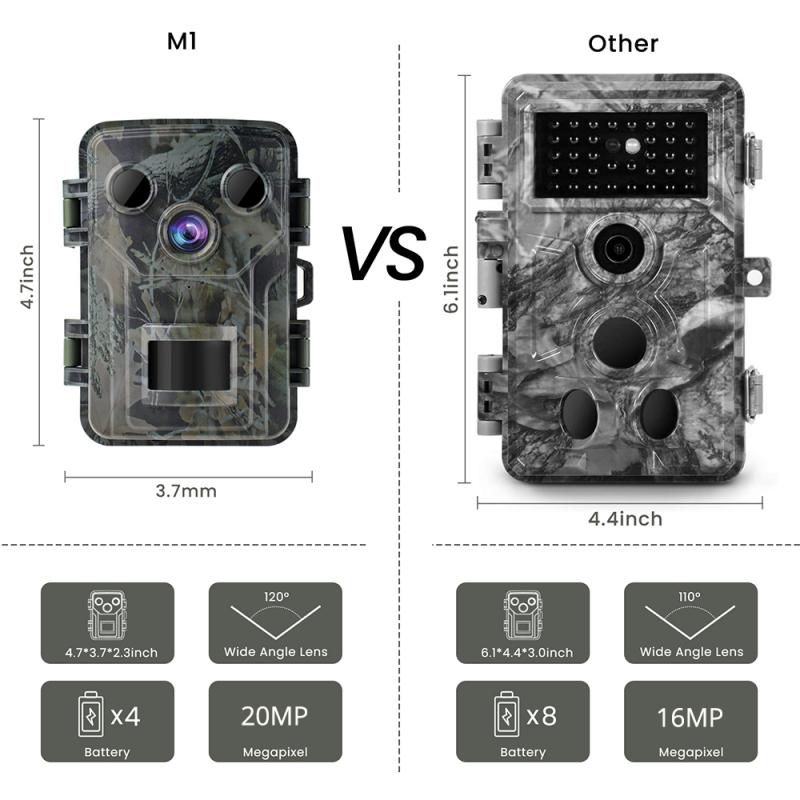
4、 Ball Heads: Using ball heads for versatile camera positioning on tripods.
To attach a digital camera to a tripod, follow these steps:
1. Ensure that your tripod has a mounting plate. This is a small metal plate with a screw that attaches to the bottom of your camera. If your tripod doesn't have one, you may need to purchase a separate quick-release plate that is compatible with your camera.
2. Align the mounting plate with the camera's tripod socket, which is usually located on the bottom of the camera. The plate should have a screw that fits into the socket.
3. Once aligned, tighten the screw on the mounting plate securely to the camera. Make sure it is tight enough to hold the camera in place, but be careful not to overtighten and damage the camera.
4. Locate the tripod head, which is the part of the tripod that allows you to adjust the camera's position. Most tripods have a ball head, which provides versatile positioning options.
5. Attach the mounting plate with the camera to the tripod head. There is usually a lever or knob on the tripod head that you can loosen to open the clamp. Insert the mounting plate into the clamp and tighten the lever or knob to secure it.
6. Once the camera is securely attached to the tripod head, you can adjust the position of the camera by loosening the appropriate knobs or levers on the tripod head. This will allow you to tilt, pan, and rotate the camera to achieve the desired composition.
Using ball heads for versatile camera positioning on tripods is a popular choice among photographers. Ball heads allow for smooth and precise adjustments, making it easier to capture shots from various angles. They offer a wide range of motion, allowing photographers to tilt, pan, and rotate the camera smoothly. This versatility is particularly useful for landscape, portrait, and macro photography, where precise positioning is crucial.
The latest advancements in ball head technology have focused on improving stability and ease of use. Many ball heads now feature friction control mechanisms, allowing photographers to adjust the tension of the ball to suit their needs. This ensures that the camera stays in place once positioned, even with heavy lenses or in windy conditions.
Additionally, some ball heads now come with built-in bubble levels or electronic leveling systems, making it easier to achieve perfectly straight horizons. This is especially useful for architectural or landscape photography, where straight lines are important.
Overall, using a ball head for attaching a digital camera to a tripod provides photographers with the flexibility and control needed to capture stunning images from various angles and positions.
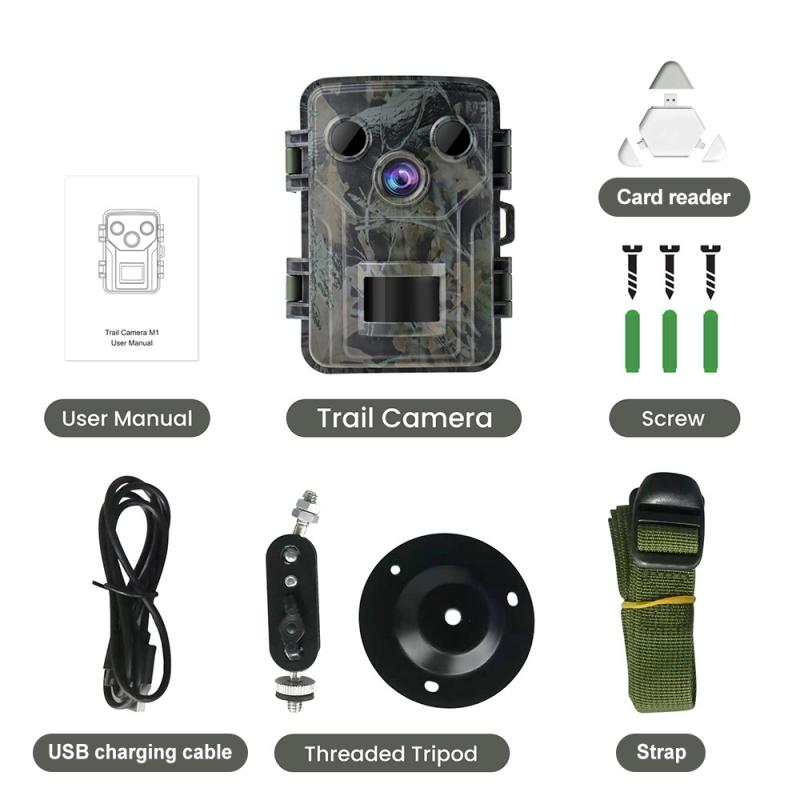






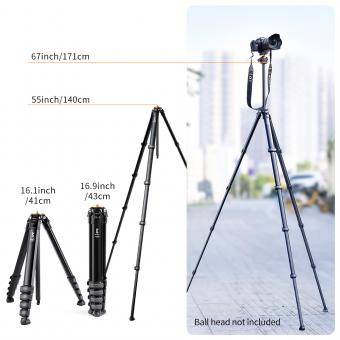



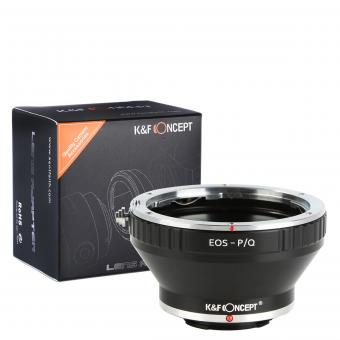

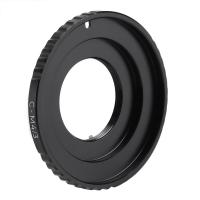






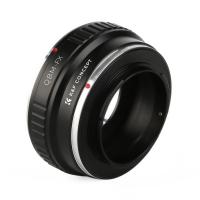

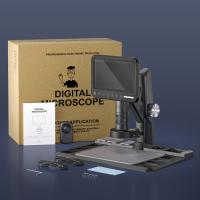

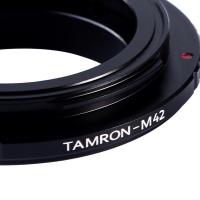
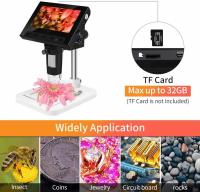
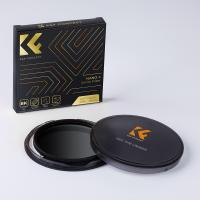

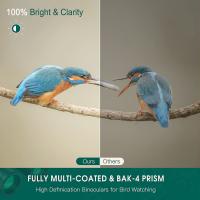

There are no comments for this blog.